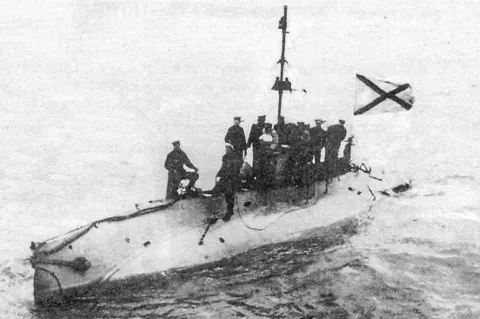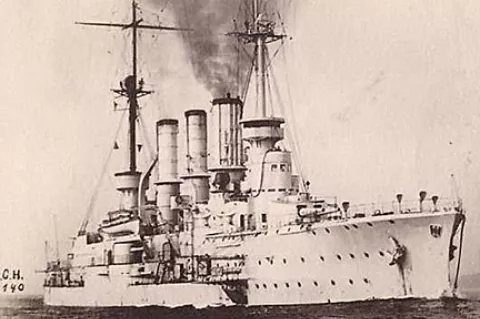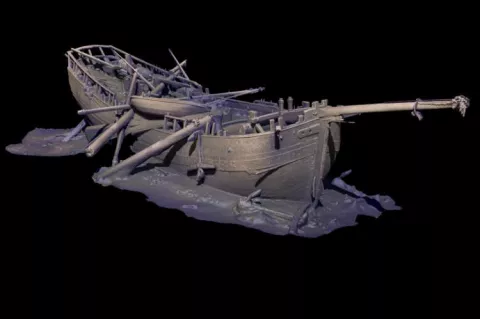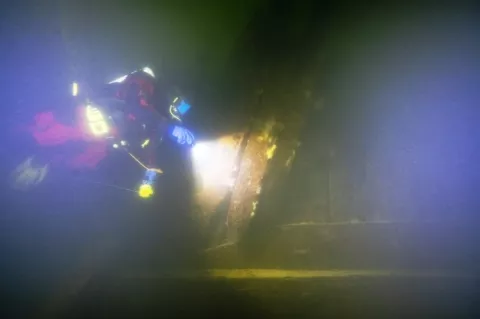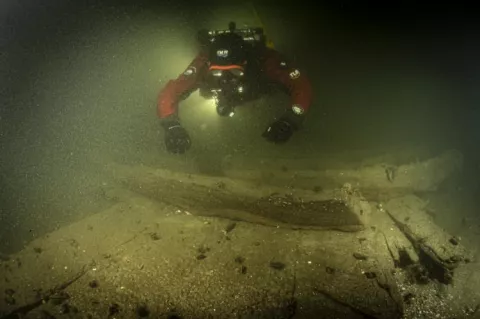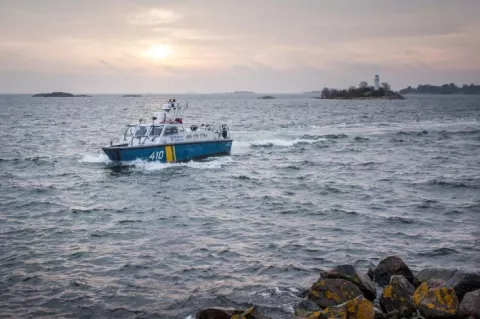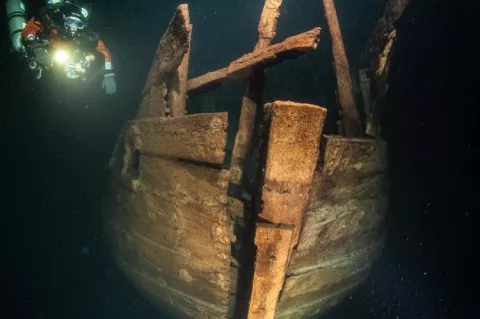Baltic Sea shipwreck plunderers sentenced to prison
In a pivotal legal decision, the Court of Appeal in Sweden has revised the sentences of four men convicted in 2022 for offences against Sweden's heritage laws. These individuals were found guilty of plundering several wrecks off the coast of Öland, challenging the preservation of national heritage.
From 2013 to 2020, the convicted men retrieved a multitude of artefacts from shipwrecks near Öland, using some to adorn their homes. Dive logbook entries suggest that their activities may have begun as early as 1987.



